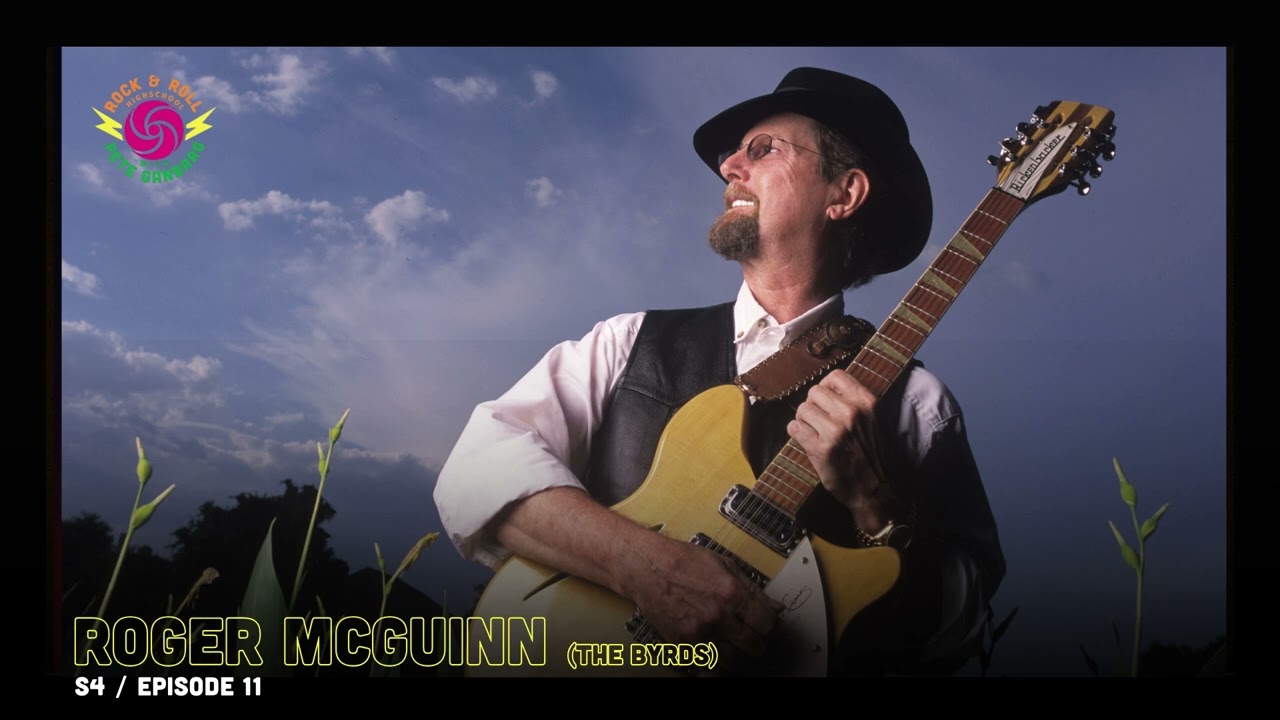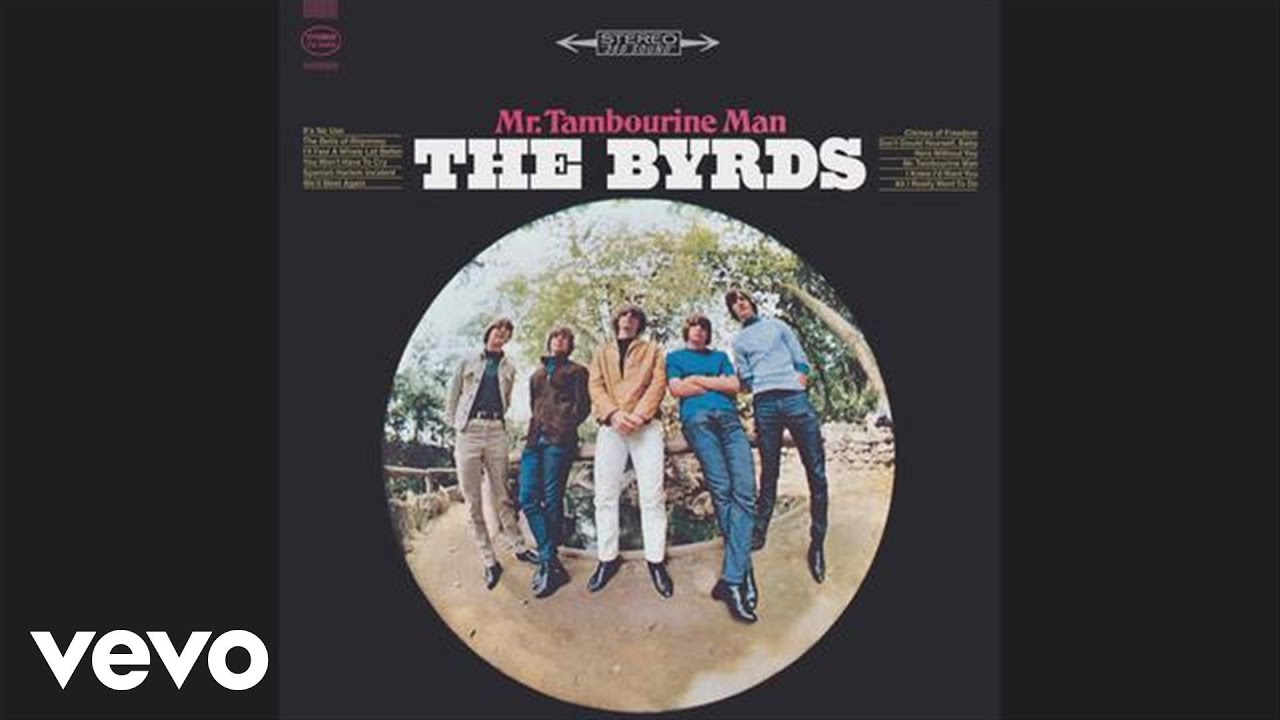The Byrds were famously the first rock ’n’ roll band to be signed to Columbia Records – no mean feat considering the label’s longstanding love affair with jazz and classical Broadway show tunes, especially at the time.
An audition tape that landed in the hands of Miles Davis’ agent – plus a little coaxing from the jazz trumpeter himself – led the quintet to secure their first deal with Columbia – and guitarist (and frontman) Roger McGuinn’s Rickenbacker 360 12-string would serve as the secret sauce that helped make their debut single stand out from the flurry of releases.
“Columbia was very conservative. They didn’t like rock ’n’ roll,” McGuinn says in an interview with Pete Ganbarg on the Rock & Roll High School Podcast. “They thought it might tarnish their reputation as a quality label.

“So they gave us a record deal for one single, and if we didn’t get it hit with a single, we were out. So we needed a strong song, and that’s where (Jim) Dickson (their manager at the time) came up with Mr. Tambourine Man. He knew Dylan, and he got a copy of it sent out from M. Witmark & Sons in New York, Dylan’s publisher at the time, and we all sat around listening to it.”
However, not everyone in the band was as enthusiastic as Dickson about the song – which Dylan himself released in March 1965, roughly a month before the Byrds’ rolled out their own version.
“(David) Crosby said, ‘I don’t like it, man.’ He said, ‘That folky 2/4 time never gonna play on the radio.’ And he was right. They were playing rock ’n’ roll.’” To make the song work for them, and more palatable to audiences, McGuinn changed the time signature to 4/4 time, and the band – along with Dickson – gave it the electric rock treatment, effectively creating the subgenre of folk rock.
A key part of the song’s makeover was the addition of McGuinn’s distinct jangly guitar playing – courtesy of his Rickenbacker. As the third-ever person to own a Rickenbacker – following a certain George Harrison – the Byrds’ guitarist had big shoes to fill, but the left-field guitar eventually became his signature instrument.
“I’ve been listening to the Searchers and the Seekers, and they had these really cool 12-string intros,” he says of his initial inspiration to incorporate the Rickenbacker. “I found out later it wasn’t a 12-string – it’s two sixes in octaves – but they got to 12-strings later, and that sound for an intro was really captivating. I thought it’d be cool to do that with Mr. Tambourine Man.”

Speaking more about how he managed to achieve the “jingle-jangle” tone that continues to capture guitarists’ imagination to this day, McGuinn told Guitar World that his Rick was awash with compression – courtesy of Fairchild compressors and Pultec limiters.
“The technique was to run one compressor into another – piggyback them – just to get as much compression as possible to get as much sustain as possible. Because the Rickenbacker is a very short-sustain instrument. That’s good for rhythm, but it’s not good for lead.”
He continued, “The lead lines I was doing needed longer sustain. So we used compression. Originally, though, I think the reason why we started using compression wasn’t for the sustain. It was a by-product of the fact that (recording engineers) did it so that we wouldn’t blow up their equipment!”
The Byrds’ lasting impact can be epitomized in New York guitarist Christian Parker’s two albums’ worth of a love letter to the Byrds’ repertoire – with Parker going as far as picking specific instruments and gear to match the era and the material.
GIPHY App Key not set. Please check settings